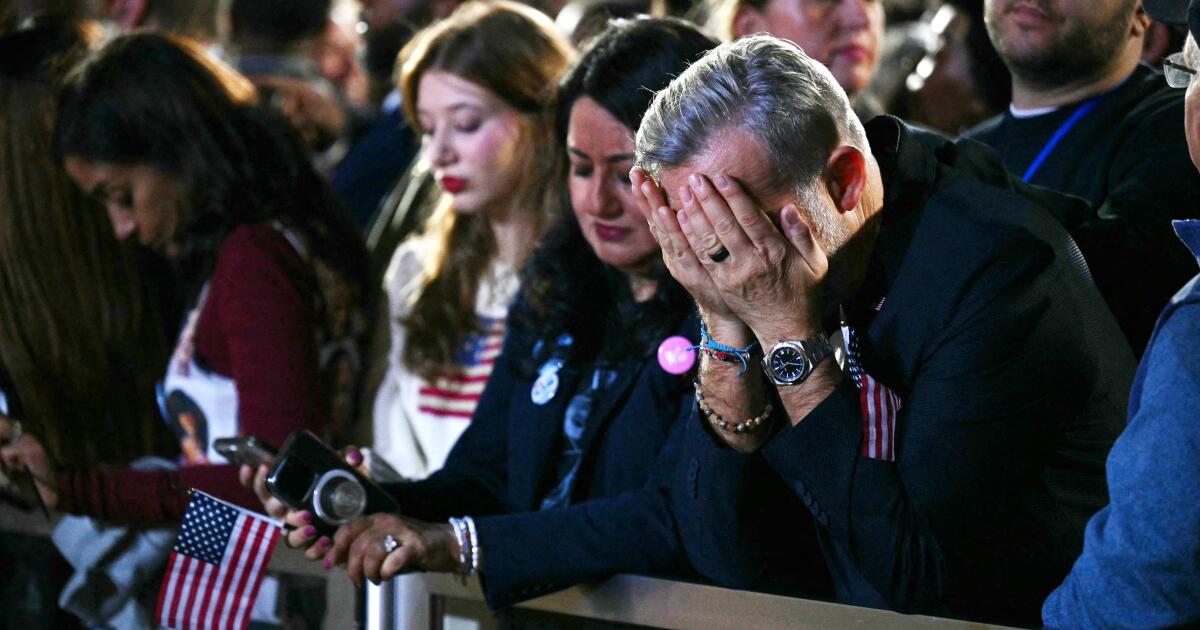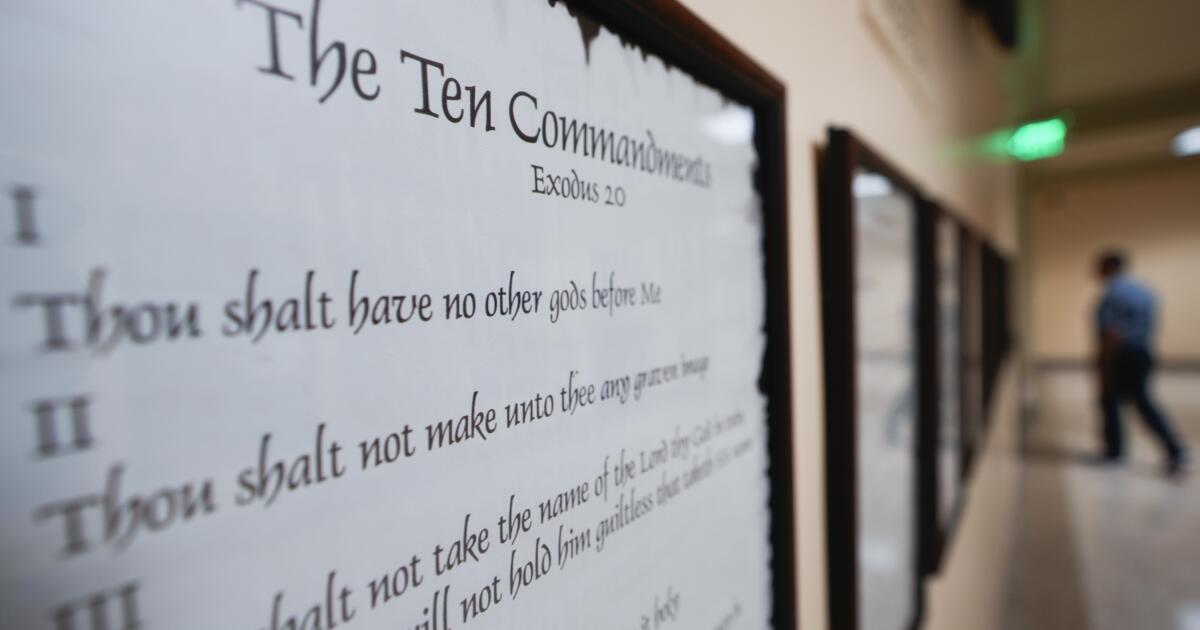Book Review
Nephew: a memoir in harmony in four parts
By MK Asante
Friendship: 208 pages, $26.99
If you buy books linked to on our site, The Times may earn a commission from Bookshop.org, whose fees support independent bookstores.
In his new book, MK Asante, recording artist and author of the 2013 bestseller “Buck,” details the story of his older half-brother, Uzi. Asante’s latest memoir, “Nephew,” is framed as a letter addressed to Asante’s nephew, Nasir, who is near death in a Philadelphia hospital after being shot nine times. Asante's intention is to tell his nephew the story of Uzi, the estranged father whom Nasir never met. What follows is an emotionally powerful family story that explores the essential role of music and language in healing old wounds.
“Nephew” carries the intriguing subtitle “A memory in four-part harmony,“ which points to the book's strongest element: the layering of multiple first-person voices to create compelling rhythm and flow. In addition to Asante's voice, which combines emotional directness with deep reflections on black history and music, the book features letters and writings from several members of Asante's family, including Uzi, his mother, Nna, and the Uzi's father, Bob. These direct first-person accounts not only create the complex harmony of the narrative but also add a raw authenticity. Meanwhile, a fifth voice is Nasir, whose rap lyrics are interspersed throughout the text, providing additional commentary on the story.
These voices, each rhythmically distinct, are brilliant in the way they blend with each other, but it is in Bob's letters, which begin to appear halfway through the book, where the raw emotion reaches a perfect pitch. Bob, Uzi's estranged father, is a heroin addict desperate for salvation who begins writing letters to God. “Dear God,” the first letter begins, “this is my situation as it is now.” Such directness makes these confessions beautiful and painfully vulnerable, and provides a wonderful complement to the memoir's other voices.
In an example of Asante's insightful ability to draw connections between different generations and historical contexts, he notes that Bob's first letter was written in 1971, as was Apollo 15 was landing on the moon. Asante links this to a song Uzi wrote called “NASA” and uses the famous saying by Neil Armstrong, who was on the 1969 moon landing mission, to establish a thematic connection between Bob's letters and Nasir himself. “Bob passed away before you were born,” Asante writes to Nasir, “but I don't think he ever imagined that you or anyone would one day read his words, yet here we are, two generations and nine shots later. … The letters may have been a small step for Bob, but they were a giant step for us.” In this way, Asante gives the letters a sense of historical weight, and we read in them not only the words of a man fighting for absolution, but also a necessary link between the past and the present.
Throughout the book, Asante skillfully contextualizes her family's story within the broader story of the African-American experience. Each chapter is filled with a wonderful mix of references that link the present and the past in a complex web of thematic relationships. In the second chapter, for example, Asante analyzes the lyrics of Nasir's music and mentions Ancient Egypt, the Greek god Apollo, Aretha Franklin, WEB DuBois, Langston Hughes, Fannie Lou Hamer, Malcolm George Moses Horton, who becomes the focus of the chapter. Horton, a poet who was born enslaved and taught himself to read, began writing poetry, which eventually helped buy him his freedom. This chapter is just one illustration of Asante's use of history to provide insightful thematic commentary on the present.
Horton's story also functions as a symbol of Asante's broader thoughts about the essential role of art and music as a path to liberation. “Horton's poetry,” Asante writes, “is the lodestar that delivered his freedom.” For Uzi and Nasir, their music and lyrics play the same role. In one of the book's most memorable scenes, Asante describes how, when he was 10 years old and Uzi was imprisoned in Arizona, Asante played rapper Nas.New York mood” to his brother over the phone. It's 1991 and Asante has to hold his corded phone next to his boombox speaker. The music is so revealing that the other inmates gather to listen to it with Uzi on the phone. They react to “Nas' slashes like they're NBA dunks,” Asante writes. “I hear the click of black fists hitting stone and metal. I can feel their heads nodding and their arms flying in approval and solidarity.” For Asante, it is a mystical and magical moment, connecting with her brother through music across the walls of a prison on the other side of the country.
The other important character in the novel is Asante's mother, contemporary dance choreographer Kariamu Welsh Asante, whom he affectionately refers to as Nna. Her voice is once again different from the others and the distinctive rhythms give the book its tonal and musical complexity. However, like the other characters, hers is a story of passion for art and music, in her case through dance. You can feel Asante's love for her mother in the way she tells her story, and their relationship is a key emotional foundation of the book.
There are moments towards the end of the book where one might wish for more detailed scenes, and some parts of Uzi's story may seem a little rushed. But the way Asante ends his journey is so emotionally powerful that you can easily forgive any minor flaws. It's a powerful ending, bringing together all the threads of this complex family story that's been setting up, and completing the story on the perfect note. As with a great piece of music, the emotions and rhythms of that final chapter lingered in my mind long after I put the book down.
Aatif Rashid is a writer in Los Angeles and author of the novel “Portrait of Sebastian Khan.”












